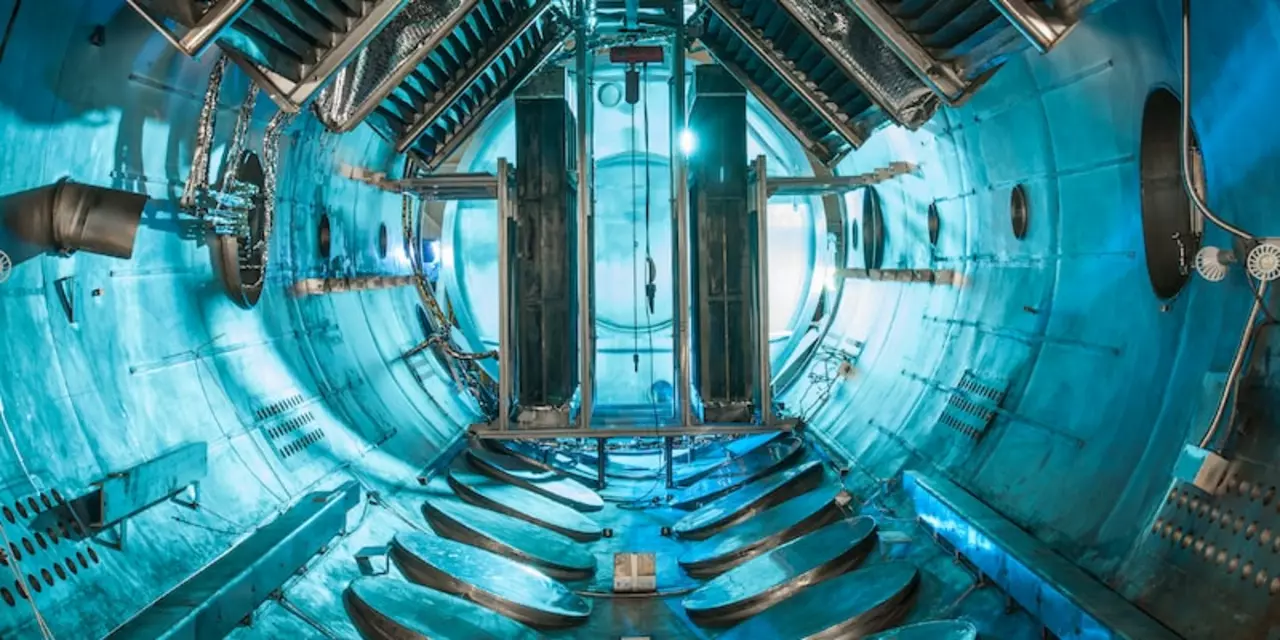Depiction – What It Means and Why It Matters
Ever wondered why some scenes stick with you while others fade? It’s all about depiction – the way a story, character or idea is shown. Whether on screen, in a book or on a canvas, depiction decides how you see and feel about what’s happening. In plain terms, it’s the picture the creator paints in your mind.
Think of it like a recipe. The ingredients are the facts, emotions and actions; the cooking method is the style of depiction. Change the method and the dish tastes different, even with the same ingredients. That’s why two movies about the same event can feel worlds apart.
How Depiction Works in Film and TV
In movies and series, visual cues do the heavy lifting. Camera angles, lighting, and color palettes all shape the depiction. A low‑angle shot can make a hero look powerful, while a shaky handheld camera can make a scene feel chaotic. Remember Yuki Bhambri’s US Open run? The close‑up on his focused eyes depicted the pressure and triumph in a way words alone couldn’t capture.
Sound matters too. A quiet room with a ticking clock can depict suspense without showing anything dramatic. Pair that with a quick cut to a character’s nervous glance, and you’ve got a tight depiction of tension. The goal is to let viewers feel the story, not just hear it.
Depiction in Writing and Art
When you read a book, the author’s word choice is the tool for depiction. Describing a rainy night with “the streets glistened under a dull gray sky” paints a visual you can almost touch. In art, brush strokes, line thickness, and composition do the same job. A sketch of a smiling face can depict joy, but a gritty charcoal drawing of the same face might show struggle.
Even simple blog posts use depiction. A piece about the worst IMDB Top 250 films depicts flaws by naming specific scenes that went wrong, helping readers instantly picture the mess. Clear depiction makes the point sharp and memorable.
So how can you improve your own depiction? Start by asking: what feeling do I want the audience to have? Then pick the tool that fits – a camera move, a vivid adjective, or a bold color. Test it out: does a reader or viewer get the intended vibe on the first try? If not, tweak the details.
Remember, good depiction isn’t about stuffing in every detail. It’s about choosing the right details that guide the audience’s imagination. Too much can drown the core message; too little leaves them guessing.
In everyday life, we all depict stories for friends, family or coworkers. When you describe a new restaurant, mention the aroma, the lighting, the taste of the sauce – that’s depiction at work. The richer the picture, the more your listener can picture it.
Bottom line: whether you’re making a video, writing a blog, or just chatting, think about how you’re depicting your topic. The right depiction can turn a plain idea into an unforgettable experience.
What science fiction films best depict our future?
Science fiction films provide a unique opportunity to explore our ideas and anxieties about the future. They often feature futuristic technologies, societies and worlds, which allows us to examine our own values and beliefs about the future. Through these films, we can explore what kind of world we might be heading towards and what changes we might need to make to ensure a better and more equitable future. Examples of films that depict a potential future include Blade Runner (1982), The Matrix (1999) and Wall-E (2008). These films challenge us to consider our current trajectory and the potential consequences of our actions. Ultimately, science fiction films provide an important platform for us to reflect on the future, and how we can shape it for the better.
